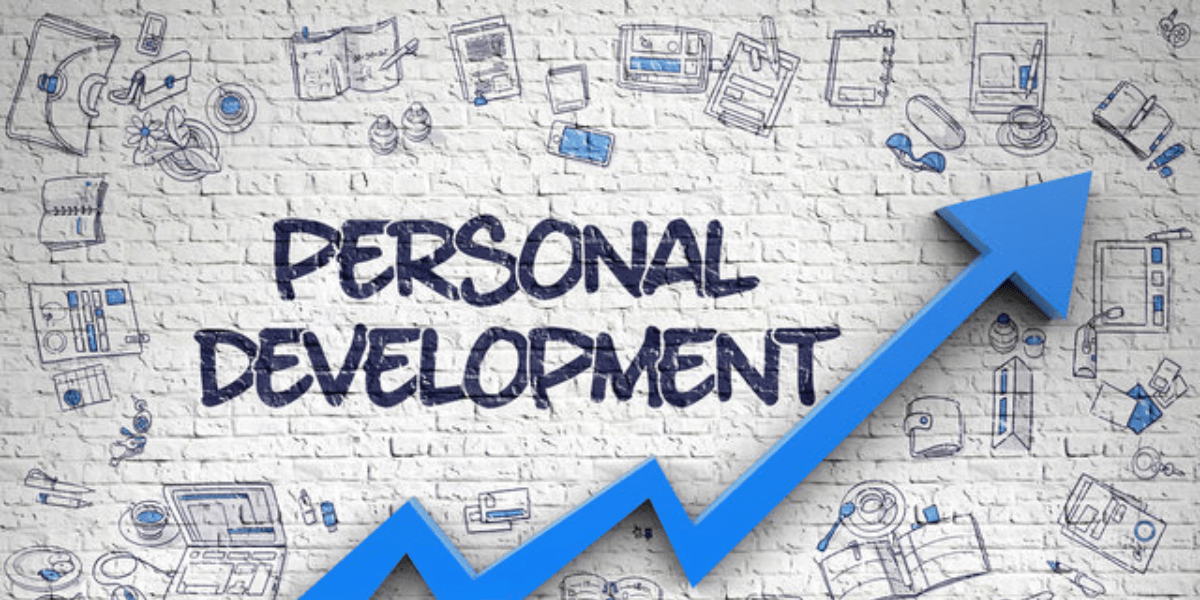Valley of Experts Training Institute Al Garhoud, Dubai – UAE
The Impact of Standardized Testing on Education: Balancing Accountability and Learning

Standardized testing has become a widely used method for assessing student performance and educational effectiveness in the field of education. However, it is often a debatable issue and has raised concerns about its effectiveness and impact on students’ learning. As schools and teachers strive to maintain accountability while creating a meaningful learning environment, it is essential to examine the pros and cons of standardized testing. This blog aims to unravel the complexities surrounding standardized testing, including its origins, intended benefits, drawbacks, and potential alternatives.
Understanding the Origins of Standardized Testing:
The roots of standardized testing can be traced back to the early 20th century when educational reformers sought a systematic way to measure student knowledge and teacher effectiveness. The intention was to create a standardized method of evaluation that could provide insights into the overall quality of education across diverse regions and demographics. Over time, standardized testing evolved from a tool for assessing student knowledge to a key component of educational standards and policy, influencing funding, teacher evaluations, and even curriculum development.
The Intended Benefits of Standardized Testing:
Measuring Educational Quality:
Standardized testing was initially introduced as a means to measure the effectiveness of education systems. By administering the same test to students across different schools and districts, policymakers aimed to gain insights into the overall quality of education and identify areas that required improvement.
Accountability:
Standardized testing has been instrumental in holding schools, teachers, and districts accountable for student performance. It provides a metric against which educational standards and institutions can be evaluated, fostering a sense of responsibility for the outcomes of their students. This accountability is intended to drive improvements in teaching methods and overall educational quality.
Data-Driven Decision-Making:
Standardized testing generates data that policymakers can use to make informed decisions. By analyzing test preparation and results, educators and administrators can identify strengths and weaknesses in the education system, leading to targeted interventions and improvements.
The Drawbacks and Criticisms:
Narrowing Curriculum:
Critics argue that the emphasis on standardized testing can lead to a narrowed curriculum. The pressure to perform well on tests may result in an overemphasis on teaching to the test, potentially sidelining subjects and skills that are not assessed through standardized measures.
Inequity and Bias:
Standardized tests have been criticized for perpetuating educational inequities. Socioeconomic factors, cultural differences, and language barriers can influence test performance, leading to results that may not accurately reflect a student’s true abilities or potential.
Stress and Anxiety:
The high-stakes nature of standardized testing can contribute to stress and anxiety among students. The pressure to perform well, often tied to consequences for both students and schools, may have negative effects on mental health and well-being.
One-Size-Fits-All Approach:
Standardized testing employs a uniform set of questions and criteria, which some argue fails to account for the diverse learning styles and strengths of individual students. This one-size-fits-all approach may not effectively capture the richness of a student’s abilities and potential.
Exploring Alternatives to Standardized Testing:
Performance-Based Assessments:
Advocates for alternatives to standardized testing propose performance-based assessments. These assessments focus on evaluating a student’s ability to apply knowledge in real-world scenarios, fostering critical thinking and problem-solving skills.
Portfolios and Projects:
A portfolio-based assessment approach involves students compiling a collection of their work over time, showcasing their achievements and progress. Project-based assessments allow students to demonstrate their understanding through hands-on projects, encouraging creativity and collaborative learning.
Teacher Evaluations and Continuous Feedback:
Shifting the focus from student testing to evaluating teaching methods and providing continuous feedback to educators is another suggested alternative. This approach aims to empower teachers to adapt their methods based on real-time feedback, fostering a dynamic and responsive learning environment.
Holistic Admissions Processes:
In higher education, some institutions are moving towards holistic admissions processes. These consider a broader range of factors, such as extracurricular activities, personal statements, and letters of recommendation, providing a more comprehensive view of an applicant’s capabilities beyond standardized test scores.
The Balancing Act: Enhancing Education Through Comprehensive Assessment
As we navigate the terrain of standardized testing, it is essential to strike a balance that maximizes the benefits of assessment while minimizing its drawbacks. The following considerations can contribute to a more nuanced and effective approach to evaluating educational outcomes:
Contextualizing Test Results:
Understanding that standardized test results are just one piece of the puzzle is crucial. By contextualizing these results within a broader assessment framework, educators and policymakers can gain a more comprehensive understanding of a student’s abilities, progress, and potential.
Addressing Inequities:
Efforts to address the inherent biases and inequities in standardized testing are vital. This includes providing additional support for students facing socioeconomic challenges, language barriers, or cultural differences that may impact their test preparation and performance.
Emphasizing Skill Development:
Shifting the focus from rote memorization to skill development can enhance educational standards. Integrating critical thinking, problem-solving, and creativity into the curriculum promotes a holistic approach to learning that goes beyond the constraints of standardized tests.
Continuous Improvement:
Recognizing that education is an evolving process necessitates a commitment to continuous improvement. Regularly reassessing assessment methods, incorporating feedback, and adapting to the changing needs of students contribute to a dynamic and responsive educational environment.
Incorporating Multiple Assessment Methods:
Embracing a variety of assessment methods, including performance-based assessments, portfolios, and teacher evaluations, can provide a more holistic view of student achievement. Combining these methods allows for a nuanced understanding of a student’s abilities and potential.
Final Words
In the ongoing dialogue surrounding standardized testing, it is crucial to recognize that assessment is an integral part of the educational process. However, the current system’s limitations necessitate a reevaluation of its role and impact. By acknowledging the drawbacks and exploring alternatives, educators, policymakers, and stakeholders can work collaboratively to design a more comprehensive and equitable assessment framework. At the same time, if you’re looking forward to starting your test preparation for the IELTS exam in the UAE, VOE has got you covered! Get in touch to learn more.







